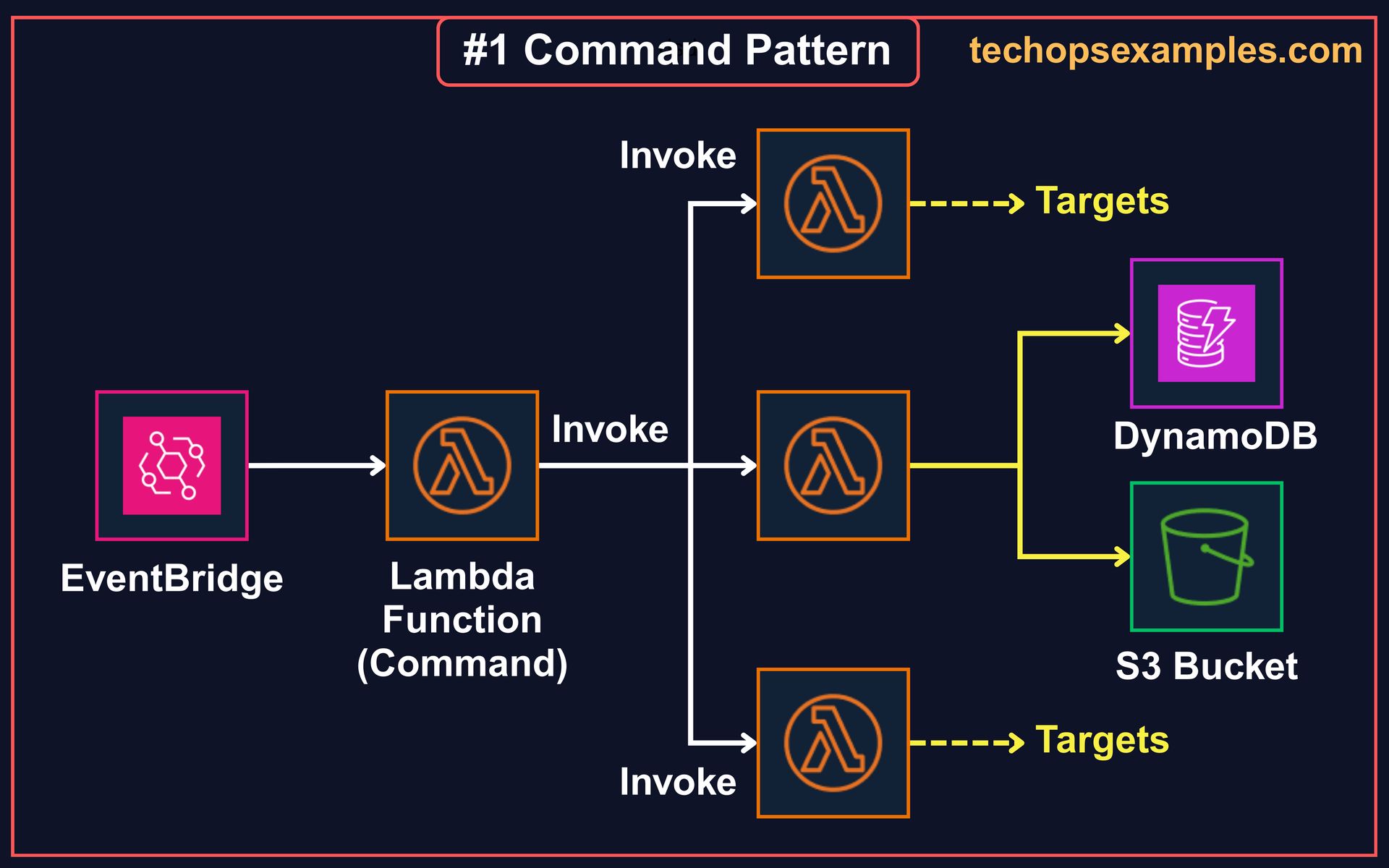- TechOps Examples
- Posts
- Mastering AWS Lambda: The Ultimate Guide to Serverless Architectures
Mastering AWS Lambda: The Ultimate Guide to Serverless Architectures
TechOps Examples
Hey — It's Govardhana MK 👋
Welcome to another technical edition.
Every Tuesday – You’ll receive a free edition with a byte-size use case, remote job opportunities, top news, tools, and articles.
Every Thursday and Saturday – You’ll receive a special edition with a deep dive use case, remote job opportunities, and articles.
👋 Before we begin... I’m happy to bring in INDY AI to ease your job search.
Your network is hiring. You just don’t know it yet.
Indy AI by Contra helps you find opportunities through your existing network. It connects to LinkedIn and X, then quietly surfaces warm opportunities. No cold outreach. No job boards. No feed fatigue. Just opportunities that find you.
👀 Remote Jobs
Ampa is hiring a IT Infrastructure Engineer
Remote Location: Worldwide
Invisible AI is hiring a Senior Site Reliability Engineer
Remote Location: Worldwide
📚️ Resources
Former Zillow exec targets $1.3T
The top companies target big markets. Like Nvidia growing ~200% in 2024 on AI’s $214B tailwind. That’s why the same VCs behind Uber and Venmo also backed Pacaso. Created by a former Zillow exec, Pacaso’s co-ownership tech transforms a $1.3 trillion market. With $110M+ in gross profit to date, Pacaso just reserved the Nasdaq ticker PCSO.
Paid advertisement for Pacaso’s Regulation A offering. Read the offering circular at invest.pacaso.com. Reserving a ticker symbol is not a guarantee that the company will go public. Listing on the NASDAQ is subject to approvals.
Looking to promote your company, product, service, or event to 55,000+ Cloud Native Professionals? Let's work together. Advertise With Us
🧠 DEEP DIVE USE CASE
Mastering AWS Lambda: The Ultimate Guide to Serverless Architectures
While talking about serverless, you cannot miss AWS Lambda. It is often the first service that comes to mind because of its flexibility and massive adoption. Of course, AWS has many other serverless offerings like DynamoDB, API Gateway, EventBridge, and S3.
But before diving into patterns and architectures the real starting point is to ask a simple question.
What is Serverless ?
Serverless is not about having no servers. It is about not having to manage them. You write code and let AWS handle the scaling, availability, and infrastructure behind the scenes. This frees you to focus on building features instead of running servers.
Basics First - How Lambda works ?

Every Lambda function you deploy runs inside its own isolated execution environment. Each execution environment contains the runtime, memory, and temporary storage needed to run your code.
When requests scale, AWS automatically creates more execution environments for the same function.
This means you can have hundreds or thousands of requests served in parallel without worrying about provisioning or managing servers. Different functions always run in separate environments, ensuring security and isolation by design.
With this basic understanding of serverless and Lambda, let us dig into the most used AWS lambda serverless architecture patterns in production grade systems.
1. Command Pattern
A Lambda function acts as a command handler. It receives a trigger / command, applies validation and business rules, and then directs the right downstream actions. The key idea is centralizing the decision logic while delegating actual work to specialized functions or services.

To keep control logic separate from worker logic
For small to medium workflows where Step Functions would be overkill
When you need a single decision point before triggering multiple actions
Example use case
An order submission triggers a Lambda that:
Validates the order and applies business rules
Stores the record in a database
Calls worker Lambdas to process payment, send notifications, and update external systems
2. Messaging Pattern
In the messaging pattern, producers publish messages to a queue or stream and a Lambda consumes them asynchronously. This decouples services, smooths bursts with buffering, and gives controlled retries with dead letter handling.

Where it fits in production
Workloads with bursty or unpredictable traffic
Isolating slow or flaky downstream systems
At least once delivery with built in retries
Moving heavy tasks off the synchronous request path
Example use case
A checkout request writes an OrderPlaced message to a queue. A Lambda consumes the message, reserves inventory, charges payment, and emits follow up events. Failures are retried and unrecoverable messages move to a dead letter queue for inspection.
What we saw so far are simple patterns, with Fan Out we step into a more dynamic and widely used pattern in real systems.
3. Fan Out Pattern

I am giving away 25% OFF on all annual plans of membership offerings.
A membership will unlock access to read these deep dive editions on Thursdays and Saturdays.

Upgrade to Paid to read the rest.
Become a paying subscriber to get access to this post and other subscriber-only content.
Already a paying subscriber? Sign In.
Paid subscriptions get you:
- • Access to archive of 200+ use cases
- • Deep Dive use case editions (Thursdays and Saturdays)
- • Access to Private Discord Community
- • Invitations to monthly Zoom calls for use case discussions and industry leaders meetups
- • Quarterly 1:1 'Ask Me Anything' power session


